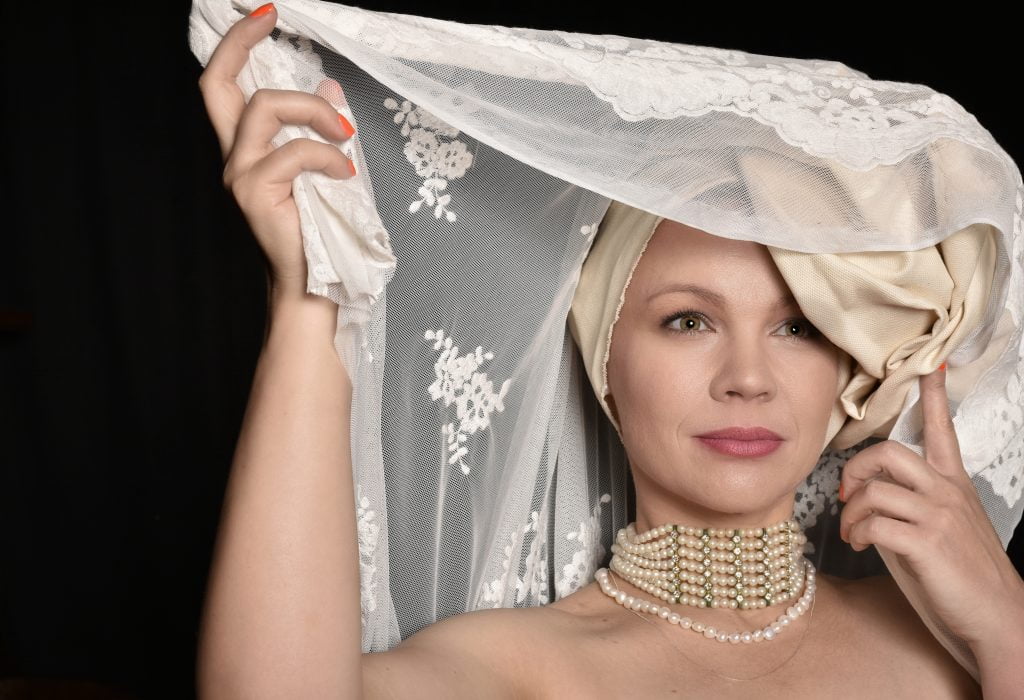Jessica Jane Molebatsi is one of South Africa’s celebrated fashion designers and she has her grandmother to credit for this love for fashion. Her grandmother was a dressmaker and she introduced her to sewing at the age of seven and that’s where her journey began.
Her inclination towards creativity is what made it easy for her to choose Fashion design, Fine Arts, interior design in college. Given her long-standing passion for sewing and the idea that she could build a business in fashion.
The experience of studying fashion design can be different for everyone. While many people assume it is purely a creative field, it is also highly technical. It’s common for students to begin their studies thinking it will be a solely creative journey, only to discover its technical nature during their first year of university. Few people possess equal measures of technical and creative skills, making fashion a challenging and unique field to work in. As a perfectionist and self-critic, Jessica prioritises neatness and precision in her work. Classic styling is essential to her.

I’ve had to learn to really take things in my stride. If I’m not feeling so great, I have to embrace that. If I’m feeling good and I have energy, then I must use it.
Jessica has dressed every big celebrity you can think of, from Nomzamo Mbatha, Boity, Rachel Kolisi and Minnie Dlamini, she describes the experience as pleasant and good for marketing her brand but can also be frustrating.
“Instead of advertising on billboards or in newspapers, we use dressing these individuals as a way to promote our garments. However, this form of marketing has been highly effective, and the best part of it has been building relationships with some of these individuals. These relationships have been both beneficial and personally special.”
I ask her about navigating her business during and post Covid-19, she says she had no plan except to keep her business open and keep her staff employed, something she managed to do. The pandemic, as bad and scary as it was, also gave her time to be more creative.
Jessica is married to actor Wandile Molebatsi and together they have two beautiful children, she details how life has changed for her.
“I don’t think anyone can really explain how life changes after getting married, especially after having children. It’s literally one of those things you just have to experience.” Both are creative entrepreneurs and life can be hectic with long hours and they have to work harder at managing time to be available for each other and their kids.
She recently took to her Instagram account emphasising the importance of her children’s identity and them embracing being biracial. I ask her about this because in South Africa we have coloured people – culturally and children like hers who are not coloured but of two races.
She admits that South Africa still has a massive racial divide and this is why she deems it important to emphasise the biracial identity of her children because of the equality in both races that make them who they are..”.
‘My children can be great examples of this equality through embracing being biracial. I believe that it’s crucial for them to feel comfortable in their own skin and have a clear sense of their mixed racial identity. They should never be confused or ashamed of who they are, but rather proud of their unique background.”

Jessica’s husband Wandile is half Xhosa and Tswana while Jessica is a mix of European bloodlines, including Scottish, French, British, and Norwegian, and was adopted by a German but she identifies as a white South African.
“Growing up in South Africa, I’ve always been conscious of my identity and heritage. Being in a biracial relationship comes with unique challenges that you may not expect, but if both parties are committed to making it work, it can be successful. Any relationship has hurdles, and these are just hurdles of a different nature. If you want to make it work, then you have to put in the effort to make it work.” she further states.
Just like most ambitious business people, Jessica has a strong desire to expand her brand and reach an international audience. Her experience in Paris made her realise the stark contrast between the appreciation for the creative economy in Europe, particularly France, compared to the situation here in South Africa. She believes this discrepancy is largely due to the disparities between first-world and third-world countries. Therefore, she is eager to showcase her designs and promote her message on a global scale by participating in international fashion shows and selling her clothing abroad.
The messaging behind her designs strongly promotes racial and cultural cohesiveness. Some people might label it as appropriation, but that is not the case. “My garments are designed to achieve this cohesiveness through cultural diffusion, while maintaining a classical aesthetic that is quite niche. Traditional cultural clothing can be beautiful, but it tends to be loud and expressive. I aim to blend different cultures while keeping the design elements minimal and Dior-esque. I want my designs to be classy, timeless, and versatile enough for anyone to wear in the future.”

Jessica believes that being an entrepreneur in the creative economy in South Africa is extremely challenging. “We have to maintain a facade of luxury and glamour, even though the reality is that it’s very difficult. South Africa is a third-world country, and the fashion industry here is quite different from that of a first-world country like Europe.”
She has been studying the psychology of the South African fashion market, and it’s a tough one. Fashion here has traditionally been more about business than about art, with a focus on fast fashion and disposable clothing. People tend to expect things to be cheap and easy, and it’s not uncommon to feel that you should never be seen in the same thing twice. By contrast, fashion in Europe is viewed as an art form, and people appreciate the skill and craftsmanship that goes into creating a piece of clothing. “There is a lack of education about fashion in South Africa, and I think that it impacts fashion designers who are more focused on the art and messaging of fashion rather than fast fashion fads.” she concludes.






No Comments